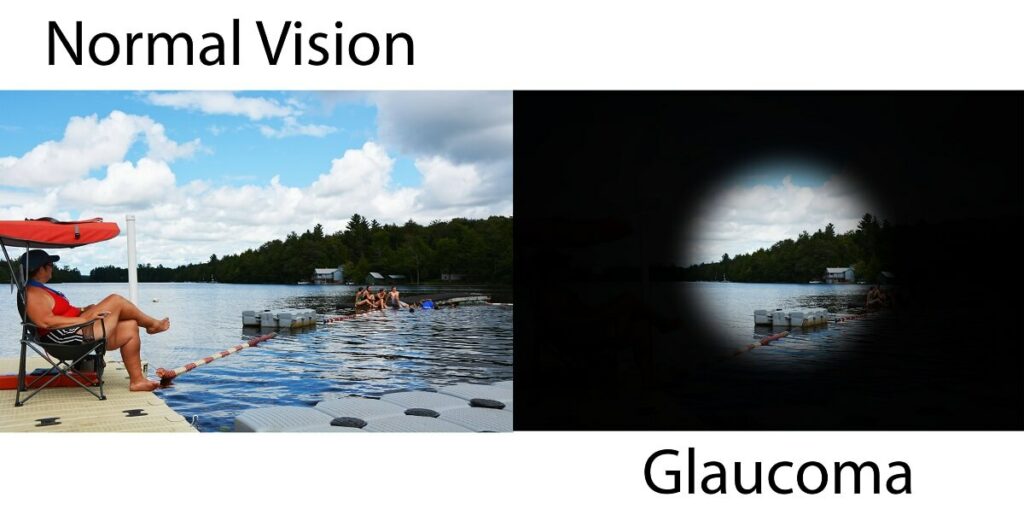
A Disruption in Your Aqueous Humor Could Be Serious
Types
There are two types of glaucoma, Open-angle and Angle-close. Open-angle is the most common and occurs when fluid does not flow, as it should. The trabecular meshwork, which is the drain structure in your eye, will appear to be functioning, but after further inspection, it will be determined that it is failing. Angle-close is not as common, but it is still detrimental to your vision. It is caused by an increase in pressure within the eye and the imbalance of the production and drainage of fluid within the eye.
Causes and Symptoms
Glaucoma sneaks up on you. It does not come with a manual and it will not give you early warning signs of its arrival. By the time you experience the loss of your peripheral vision, which is the first stage of the disease, it will be too late.
Aqueous humor, which is the fluid that flows into your eye, is constantly cycling within your eyes. It should flow out of your eyes and through the drainage angle. When there is a disruption in this process, pressure will build and if left untreated, the loss of vision may occur.
Risk Factors
Just like a lot of disorders that cause vision loss, several factors can cause glaucoma. Blunt trauma to the eyes and family history are two common factors of the disease. Along with the aforementioned risks, you are more likely to acquire glaucoma if you have diabetes, are overweight, have poor circulation, or if you are of Russian, Japanese, Hispanic, African-American, Irish, Inuit, or from a Scandinavian descent.
Treatments
Many treatments can maintain glaucoma, and even though it is not curable, there are procedures that can lower eye pressure to preserve the sight you have left. Eye drops are one form of treatment that can reduce the formation of fluid in your eye. However, if you are in the more severe stages of the disease, surgery may be your next best option. There are two types of surgeries an individual can have to assist in retaining the vision that is still present.
Laser surgery has the ability to open the drainage area, allow fluid to flow more naturally, and reduce fluid production in the middle layer of your eye. The second type of surgery is microsurgery. The doctor will create a new channel for the fluid to drain and release pressure from the eye. Although medication is the first step in treating glaucoma, it is speculated that surgeries will work better for some people.
